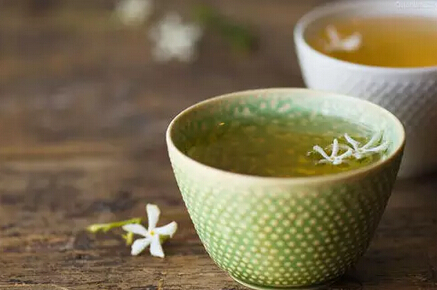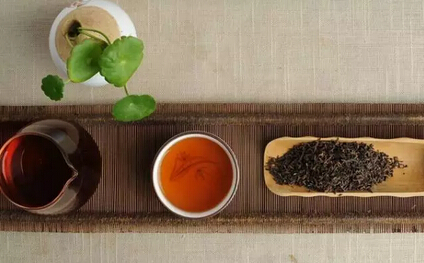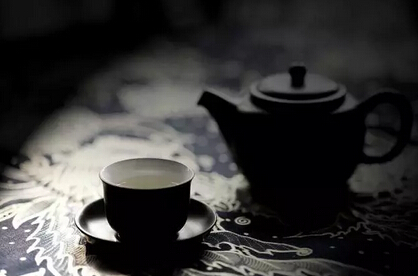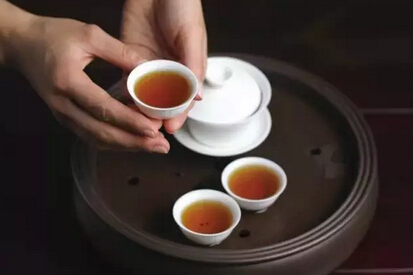
Pu-erh tea is increasingly recognized for its benefits. With advancements in science, researchers have also validated its advantages through technology. But what about from the perspective of Traditional Chinese Medicine? What are the pros and cons of Pu-erh tea?

From the TCM viewpoint, Pu-erh tea's red color associates it with the fire element, while its warm nature and slightly bitter taste also align with fire. Its mild flavor links it to the earth element, specifically the spleen, giving it properties that warm the spleen and stomach and promote dampness elimination. Grown in Yunnan, a region with high mountains and abundant earth energy, Pu-erh tea absorbs more earth qi than other teas, making its effects on warming the spleen and stomach and aiding digestion notably stronger.

Fresh raw Pu-erh tea has a pronounced bitter and astringent taste, with a potent purgative effect that strongly aids digestion. However, drinking it on an empty stomach can be challenging for most people. High-quality ripe Pu-erh tea, on the other hand, has a mellow and gentle flavor, with a sustained and mild effect that is easier to tolerate. After several infusions, its mild taste becomes particularly suitable for those with spleen deficiency and dampness constitutions.

Regarding Pu-erh tea, the renowned Qing Dynasty TCM scholar Zhao Xuemin wrote in his Supplement to the Compendium of Materia Medica: "Pu-erh tea is warm in nature and fragrant in taste, produced in Youle, Gedeng... and the six tea mountains, with Yibang and Manzhuan teas being the most flavorful. Its bitter taste and strong nature can neutralize greasy and meat toxins, but it should be avoided by those with weak constitutions. Its astringency helps expel phlegm and promote digestion, cleansing the intestines. Pu-erh tea paste, black as lacquer, is the best for sobering up, with the green variety being even more effective. It aids digestion, resolves phlegm, clears the stomach, and promotes fluid production, with particularly powerful effects."
A Tibetan proverb praises Pu-erh tea: "Tea is blood! Tea is meat! Tea is life!" This reflects the high regard for Pu-erh tea in Tibetan daily life (primarily for its digestive benefits). Tibetans primarily consume beef, lamb, and butter, making Pu-erh tea's strong digestive and greasy-food-neutralizing effects highly valuable, aligning with Zhao Xuemin's description.
While Pu-erh tea aids digestion and neutralizes greasiness, it is important to note that TCM emphasizes balancing yin and yang, avoiding excess or deficiency, and not aggravating weakness. Classical TCM consistently stresses the importance of preserving the body's vital energy (constitution and immunity). This principle applies not only to medicine but also to tea consumption. Therefore, drinking Pu-erh tea in moderation, based on individual constitution and specific circumstances, aligns with TCM theory and promotes rational health preservation.